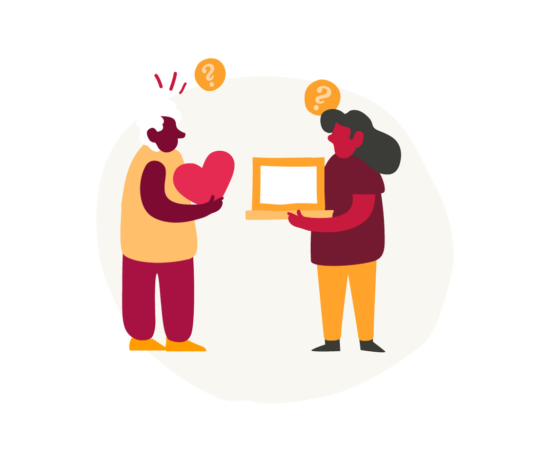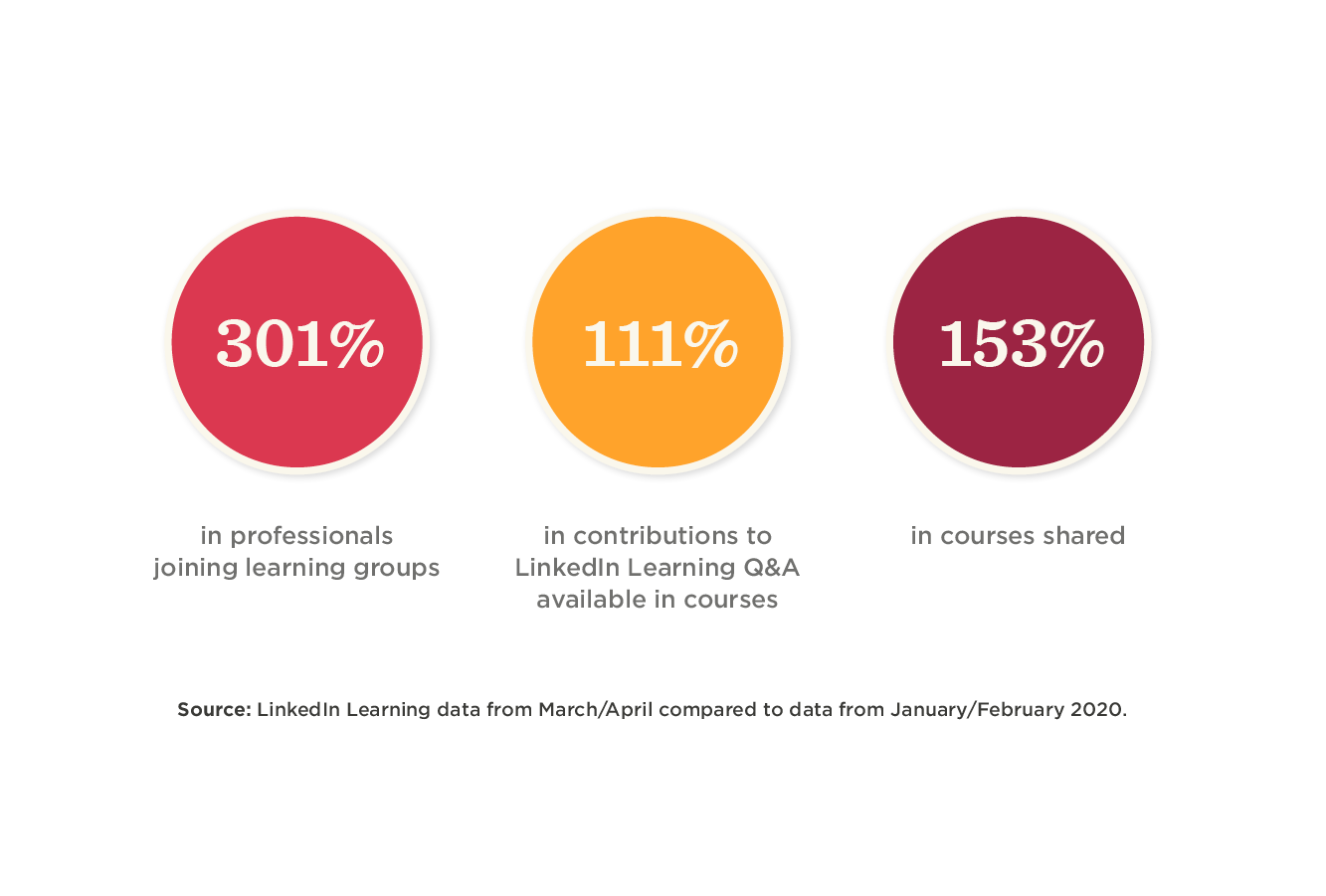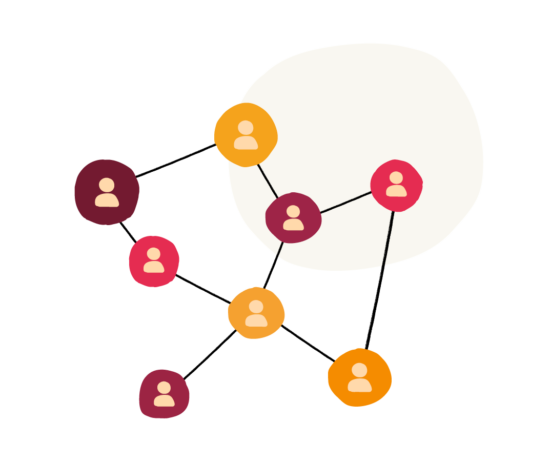Introduction
There is a fundamental shift in how people think about work today. Perhaps the pandemic has given people time to reflect, or a new awareness of equity is causing people to reconsider what matters most in their daily lives. This transformation could also be related to the impact on our collective and individual identities associated with the Fourth Industrial Revolution. Regardless of the reason, this new exploration of work-life integration is influencing today’s workforce to seek more purpose from their personal and professional experiences.
At the same time, this shift is not new. People have always cared about their work environments. As survey data from pre-pandemic 2019 indicates, less-than-stellar workplaces squander their organizational potential.
“Sadly, more than a billion people worldwide are not experiencing a workplace where they feel their leaders are credible, respectful and fair,” according to Great Place to Work®. “At these low-trust workplaces, human potential is being wasted. And business results are lagging.”
The pandemic added an entirely new dimension: an increased willingness to reflect, respond, and take action. Since the pandemic, people are more likely to respond and act when their treatment at work doesn’t meet their expectations. The Work Institute estimates that by 2023, voluntary turnover in the US will hit 35 percent, which puts companies at enormous risk.

When a great reflection leads to a great resignation
“The challenges over the last 20 months have revealed the true character of an organization’s culture and its leadership. Some leaders and their organizations rose to the challenge—and some fell short,” according to Dr. Meisha-Ann Martin.
“Now that the world of work has started to loosen up, people—especially those who have become disillusioned—are more comfortable exploring their options and moving on to new opportunities. They are ready to look for a work environment that offers better culture, greater flexibility, and more visionary leadership.”
As the pressure to retain talent increases, companies are looking at how to improve not only the employee experience but their experience at work. During this critical time of workplace change, companies must examine their culture, programs, and overall engagement.
“Organizations that take time to understand the employee experience and address what matters can improve in ways that are better for business, better for people and better for the world,” according to the researchers at Great Place to Work®.
Intentional action by employers is not a wasted effort. Today’s professionals are more likely to stay with organizations that are proactive about improving their people’s work and employee experiences.

Work experience and employee experience
As you examine employee experience and work experience, it’s essential to understand the distinctions between the two.
Employee experience is built on each person’s perceptions about their journey through all the touchpoints at a particular company, from job candidacy to their exit from the company. People’s experience at an organization directly impacts their level of engagement.
Work experience traditionally refers to one’s professional background—the roles, tasks, and abilities they’ve gained throughout their work history. These experiences directly impact the employee experience.
Different people want different things from their workplace. For some, social interactions and workplace friendships are paramount. Others may be focused on financial security or flexibility. And others will be focused on advancing their careers and professional skills. People will be more engaged if their work and employee experiences are what they expect them to be.
In light of so many people leaving their workplaces in the wake of the COVID pandemic, HiBob partnered with Fiverr to ask 500 HR leaders and 500 hiring managers about their company’s experience. We asked them why they thought people are leaving their jobs more now than before COVID. The top four reasons HR leaders and managers cited relate directly to the employee experience: more flexibility (30 percent), better pay (27 percent), higher title (26 percent), and looking for change (26 percent).
As business leaders around the world have seen, the pandemic altered people’s expectations and priorities—on a very personal level. The fact that 26 percent of the managers and HR leaders we surveyed said people are “looking for change” illustrates that while the reasons may vary, the common denominator is that people are looking to change their current situation.
Supporting the unique employee and work experiences
In the face of a new level of reflection about work and the Great Resignation that often follows, employers must attempt to create employee and work experiences that build connections while remaining focused on the uniqueness of every individual in the organization.
“Organizations have—by and large—failed the people who work for them. They have failed to offer a sense of community and connection. They have failed to deliver a culture where differences are celebrated and embraced,” according to Dr. Meisha-Ann Martin.
“What can organizations do to stem the tide of mass exodus?” Dr. Martin continues. “I believe it begins with bringing the human connection back to the workplace … Today, organizations need to go beyond recognizing just work accomplishments, and celebrate the total person … and bring people together from across the organization. In doing so, companies are creating a true community—a community their employees are less likely to leave.”
This may sound nebulous or even impossible. But, with the resources and tools available today, there are simple ways HR can hone in on employee and work experiences. Culture-focused HR technology is the scalable solution for improving the experience for everyone in the organization—from the manager who wants to review bench strength to the person who wants to feel welcomed on their first day. HR tech allows organizations to provide personalized performance guidance, create connections that support culture, and engage in two-way communication.
Provide personalized performance guidance
According to research from LinkedIn, training and development teams are looking to digital learning experiences more and more to meet the needs of today’s diverse, multi-generational workforce.
As HR teams consider the employee and workplace experience needs of their people, the data from LinkedIn highlights important factors to keep in mind: The number of professionals joining learning groups has more than tripled, and the number of online courses shared has more than doubled. The number of contributions to courses has also more than doubled.

Thanks to HR tech, organizations can meet all these unique learning needs and more. Course libraries, microlearning, onboarding learning journeys, and auto-enrollment make it easy for people to receive the personalized learning they need.
Additionally, when companies use online performance management as part of their HR strategy, people have easy access to their reviews, development plans, and notes from one-on-one conversations. With these tools, HR tech supports personalized guidance that employees and managers can both use. For managers, having access to data about their people empowers them to manage their team and monitor trends to identify potential employee experience or workplace issues.
Create connections that support culture
Before the pandemic, people not only got most of their work completed onsite, they met new colleagues, had conversations in the hallway about upcoming vacations, and used meetings to connect about shared interests. Organizations have realized just how much these informal connections matter.
“In particular, connections with people outside our immediate teams [have] shrunk dramatically, leading to fewer places to connect around innovative ideas and fewer opportunities to build social capital,” HBR reports. “Further, this trend is making employees feel lonely and isolated. To help address this issue, leaders should focus on being proactive about connecting employees across the organization, make space for connections outside official meetings, encourage and reward social support, and improve the structure of meetings.”
Now, with many people choosing a hybrid or completely remote work arrangement, companies must find ways to create those meaningful connections that make or break the employee experience. With limited in-person employee experiences, organizations are looking to HR tech solutions for ways to embed connection in the daily employee experience. They’re using online tools to facilitate clubs, kudos, and new joiner introductions that highlight their skills and interests.
Like the distributor, Distrelec, some companies also use HR tech to create meaningful in-person moments. Distrelec customizes its employee experiences through data gathered in Bob’s clubs and hobbies features. For recognition and rewards, Distrelec reviews what hobbies and clubs the person belongs to and then sends a specific recognition award based on that person’s unique interests.

This type of acknowledgment and personal connection is essential for those who joined an organization during the pandemic. Due to their hire date, these people may never have experienced the culture in person.
“Graduates who would have previously benefited from hands-on support from superiors and been nurtured by social aspects of work, are now starting careers from home. With this new dynamic, these new employees, who have little experience of any other way of working at this point, often feel disconnected from their employers and feel little loyalty to the brands they represent,” according to Chris Parke, CEO of Talking Talent.
Whether it’s a sense of connection with the company or a colleague, HR needs to look at how they can enhance these experiences. A sense of connection is a key factor in engagement. As people consider leaving organizations, a desire to continue working with their close colleagues might just be what encourages them to stay.
Engage in two-way communication
Employee and workplace communication have always been important. Engaging in two-way communication is even more important for people on dispersed teams. When working remotely, it can be difficult for people to stay current about what’s going on in the company. A lack of communication can be the make-or-break factor in retaining talent.
If you have a modern HRIS, you can use it as a dedicated place for your people to get updates and find the information they need. This proactive approach to streamlining communications will also help prevent rumor mills that might be apt to develop amongst dispersed teams.
People not only want to receive relevant and valuable communications about the organization, but they want opportunities to share their feedback and be heard. That’s when surveys come into play.
“You don’t know what you don’t know, so the best way to gain awareness is to ask,” according to Victoria Zelefsky, brand and communications director. “When people feel they have a voice, I’ve found that they often feel more motivated to be a part of the solution.”
Asking questions is a powerful tool for understanding your team and their employee and work experiences. Using modern HR tech, managers and leaders can ask questions through regular surveys and polls to understand how people feel and how the company can support them.
Recommended For Further Reading
Conclusion
Today’s HR professionals face a radically different work environment than what they’ve experienced in the past. As they consider how the labor shortage, new remote work norms, and technological advances impact their organization, HR must also understand that people still want to be a part of a company that shares their values and provides an opportunity for meaningful contribution.
“To address the ‘Great Resignation,’ HR professionals must align with business leaders to ensure that the company culture continues to reflect the goals of the organization,” according to Jennifer Garrand, vice president of HR for Brother International. “In order to retain staff and boost engagement, it is imperative for all leaders to delineate what the company stands for and proactively demonstrate how the culture reflects those values.”
Now more than ever, HR needs a system to deliver the employee and work experience that today’s people demand. Unfortunately, legacy HR platforms simply lack the sophistication required to support the future of work. As they pause and reflect, HR teams are realizing that a modern HRIS can make life easier and help them tackle today’s key challenges.
Thankfully, today’s best solutions fit easily into daily work routines and streamline the employee experience. Using HR tech, HR teams can ensure people feel welcomed, heard, recognized, and rewarded by their place of work. In today’s world of multi-national and dispersed teams, modern HR tech comes to the rescue to provide positive employee and workplace experiences.
Meet Bob
At HiBob, we’ve built a modern HR platform designed for modern business needs—today and beyond.
An HR platform such as Bob offers a one-stop-shop for all things HR. It sits at the center of your HR ecosystem, is fully customizable, and grows with your organization.
For HR, it delivers automation of many common processes, allows greater oversight and visibility of the business, and centralizes all people data in a secure, user-friendly environment.
For managers, it provides access to data and insights to help them lead more effectively and streamline processes.
For employees, it’s the tools and information they need to connect, develop, and grow throughout their journey.
In a short time, Bob can be deployed to enable communication, collaboration, and connectivity that drives stronger engagement, productivity, and business outcomes.
